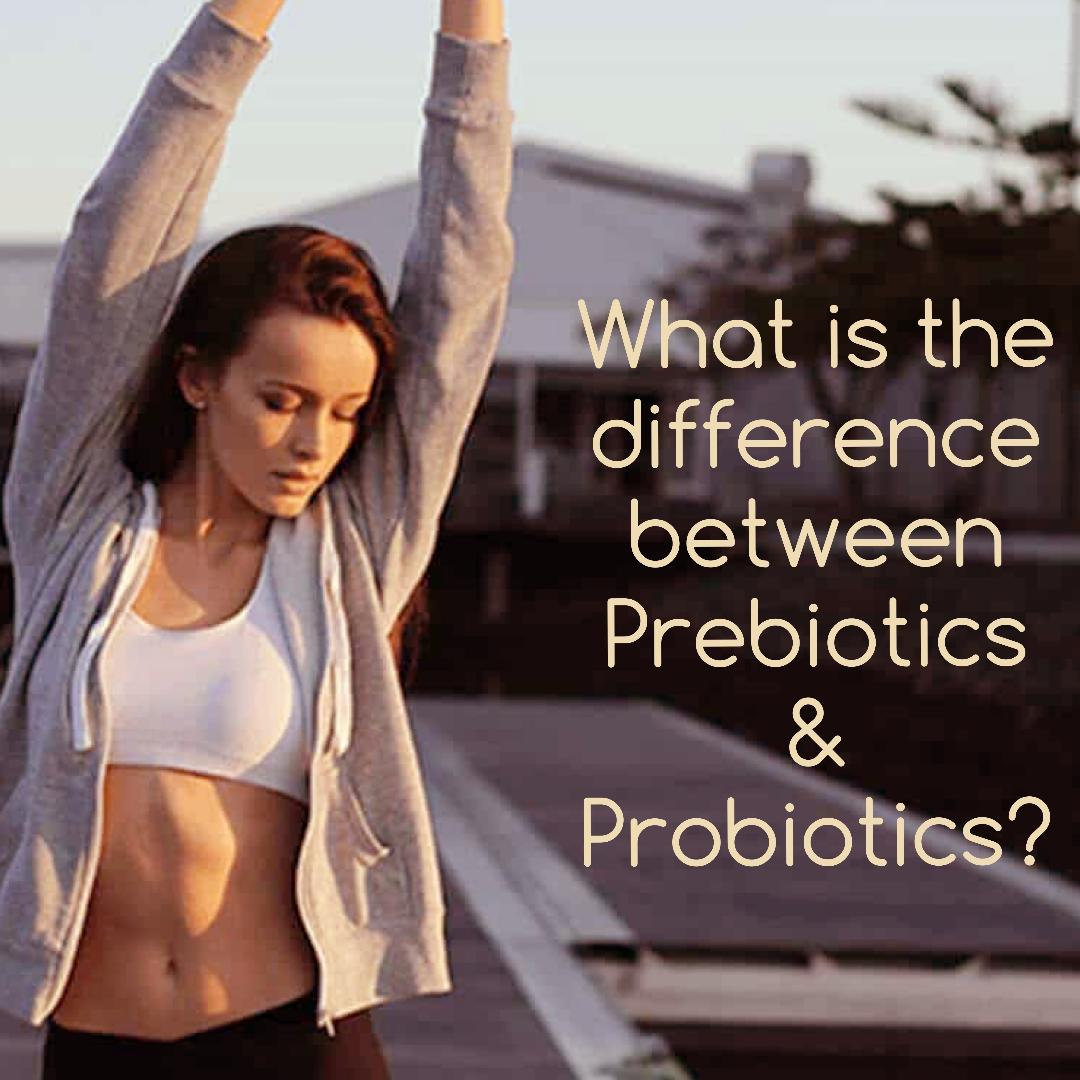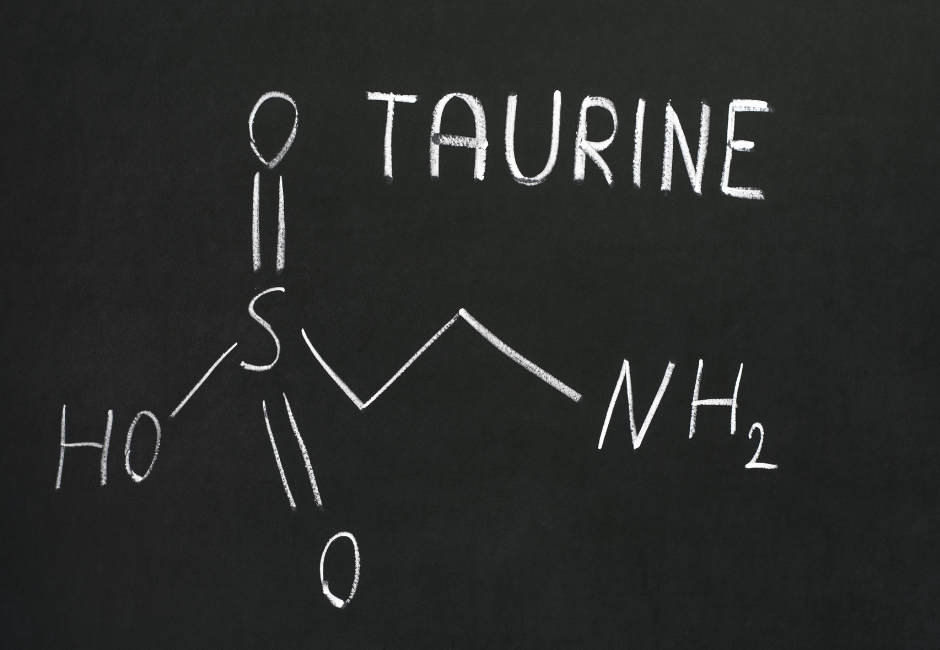What is the Difference Between Prebiotics and Probiotics?
While probiotics have become well known for their health benefits, less is known about prebiotics. (6) The lining of your gut is home to trillions of live microorganisms, mostly yeasts and bacteria, that together make up what’s known as the gut microbiome. Probiotics help restore the composition of these microorganisms. In contrast, prebiotics play an important role in supporting the effectiveness of probiotics by feeding the healthy microorganisms in your gut, thus reinforcing a healthy microbiome. (2)
Continue reading to learn about how prebiotics and probiotics compare and work together to influence gut health and overall well-being.
Probiotics vs prebiotics
Outlined below are some of the benefits and common sources of probiotics and prebiotics.
Probiotics
Probiotics are live microorganisms that support our microbiome when consumed. Probiotics are found naturally in fermented foods, such as yogurt, kefir, sauerkraut, and kombucha, as well as probiotic-containing supplements. These gut-friendly bacteria help support the body’s immune response by stimulating immune cells needed to fight infection, and have been shown to be beneficial for several gastrointestinal conditions, such as antibiotic-associated diarrhea, irritable bowel syndrome (IBS), inflammatory bowel disease (IBD), and constipation. (6)
Prebiotics
By definition, prebiotics are fibers of foods that promote the growth and activity of the beneficial bacteria in our gut. (2) Since the digestive system cannot break down prebiotics, they arrive in the colon and serve as food for the residing probiotics. (2)
Prebiotics are more than just food for probiotics; they also confer benefits to our health by selectively altering our gastrointestinal microflora composition and activity. (3) This means that prebiotics can positively affect the way individual strains of the microflora in our digestive systems grow and function. (8) Furthermore, some animal studies have indicated that prebiotics may improve gut barrier function. Maintaining a healthy intestinal barrier can help prevent harmful bacteria from damaging epithelial cells and causing inflammation. (1)
While probiotics are most commonly found in fermented foods, prebiotics are often found in more fibrous plant-based foods sources. Dietary sources of prebiotics include:
- Asparagus
- Beans and legumes (e.g., soybean, peas)
- Chicory
- Jerusalem artichoke
- Raw garlic
- Raw honey
- Raw onion
- Raw asparagus
- Tomatoes
- Under-ripe bananas
- Whole grains (e.g., wheat, barley, rye) (2)
By consuming prebiotic and probiotic foods together, you can reap the most benefits. (2) That being said, why not add in some healthy snacks containing prebiotics while you are consciously consuming probiotics? Add kefir and banana to a smoothie, drizzle raw honey on your yogurt, or include some sauerkraut in your sandwich.
Get the most health benefits by consuming foods containing both prebiotics and probiotics.
Prebiotics + probiotics = synbiotics
Prebiotics can be added to probiotic supplements to improve probiotic lifespan and their ability to thrive in the small intestine. Products containing specific prebiotics and probiotics that work synergistically are often referred to as synbiotics. (9) Benefits of synbiotics include:
- Increasing fat metabolism
- Modulating mineral absorption
- Modulating the immune response
- Reducing diarrhea
- Reducing severe constipation (9)
It’s important to note that these effects are not always directly related to prebiotics themselves, but are mainly indirectly influenced by the growth and activity of the microflora in our GI tract. Simply put, the activity of the bacteria in our microbiome is primarily responsible for the positive effects that we see when consuming probiotics, however, prebiotics support and improve this activity. (9)
Common strains of the bacteria that produce the benefits mentioned above include Lactobacillus rhamnosus GG, L. reuteri, bifidobacteria, and certain strains of L. casei or the L. acidophilus-group. These bacteria are now commonly found in probiotic supplements and can be supported by prebiotic intake. (9) Other prebiotic supplements might contain ingredients such as XOS (xylooligosaccharides), which also help to feed the healthy gut microbiome. (5)
Potential side effects of synbiotics
Ingesting prebiotics and probiotics can occasionally cause gastrointestinal symptoms, such as diarrhea and bloating. (7) If this is the case, consider searching for probiotics that are marked as FOS free as these do not contain the added fibers known as fructooligosaccharides that may be causing these symptoms. (4) Additionally, some prebiotics and probiotics can interact with certain medications, or are not recommended for some individuals with underlying medical conditions. (10)
The microflora in our bodies are primarily responsible for the health benefits, but prebiotics can help them to flourish.
The bottom line
In summary, probiotics support microfloral growth and function, whereas prebiotics feed probiotics. It appears that prebiotics mainly exert their beneficial effects by supporting and improving probiotic growth and activity within our gastrointestinal tract. As a result, synbiotics or probiotic supplements consumed in combination with a diet rich in prebiotics may further support the beneficial effects of probiotics. If you’re a patient, speak to your integrative healthcare provider to determine if prebiotic and probiotic supplements are right for you.
Medically reviewed by Dr. Christopher Knee, ND










